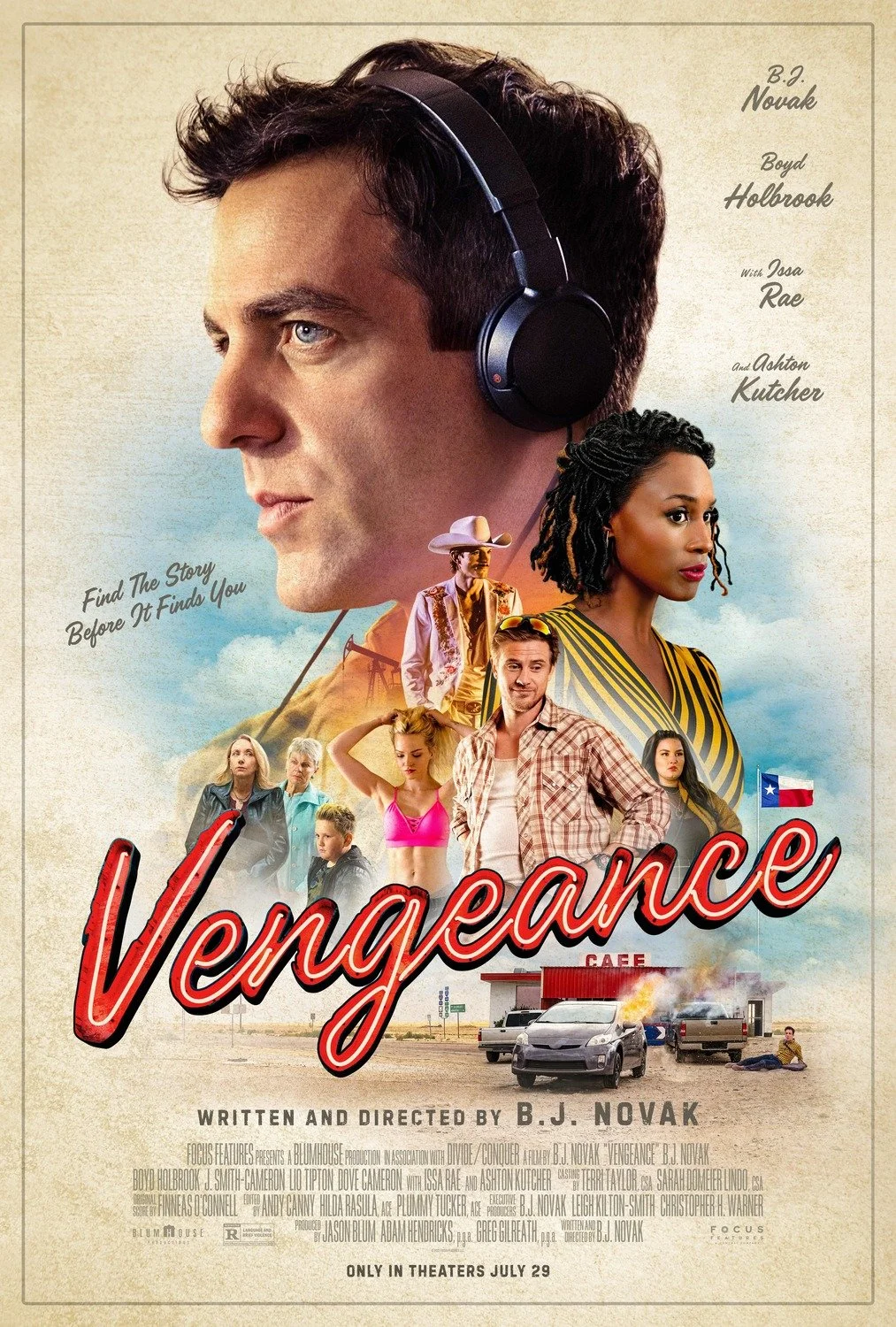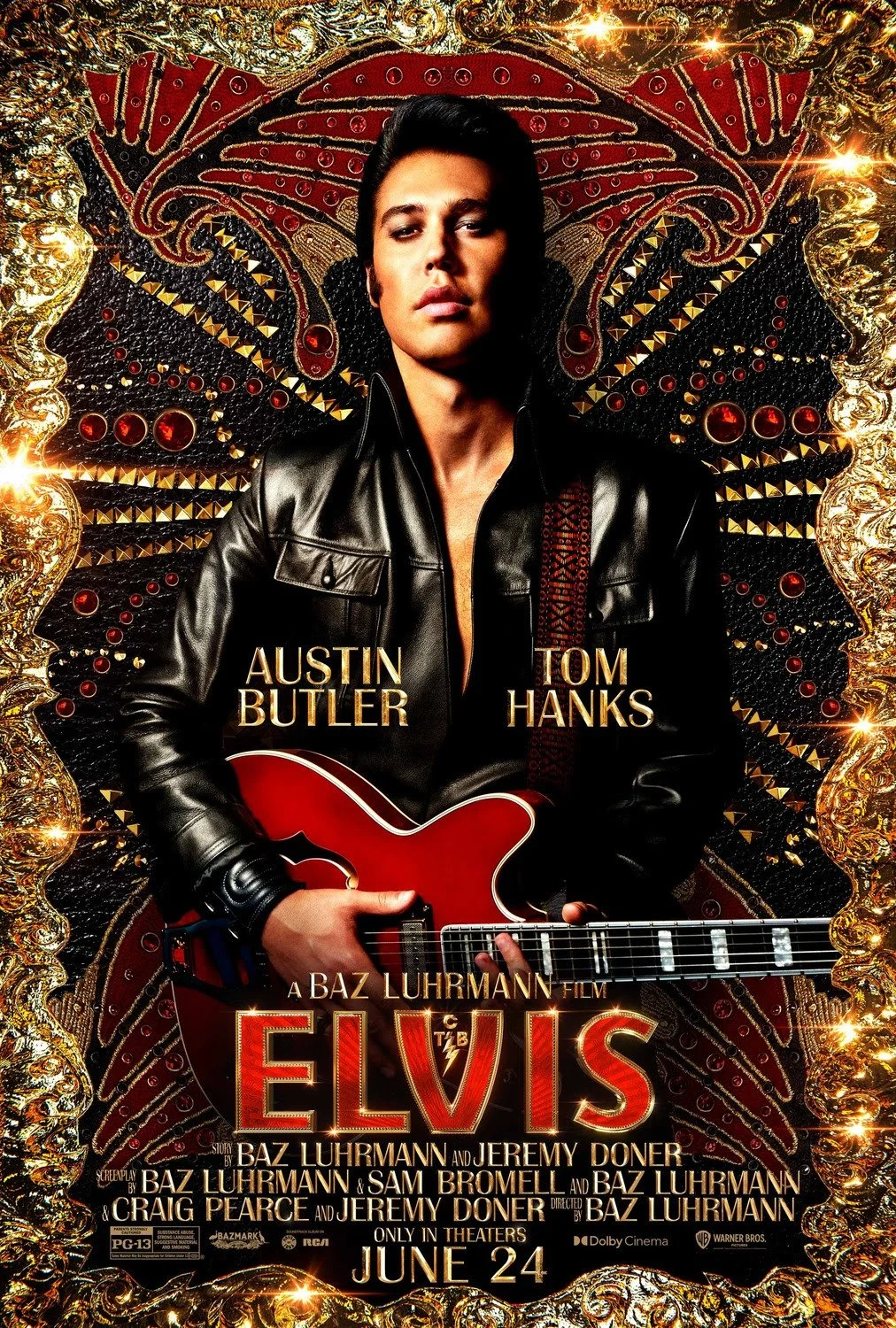That F@%*ing Scene : Young Elvis at Louisiana Hayride
The world has somewhat forgotten about Elvis Presley. We haven't collectively forgotten that he existed, but we've lost perspective on how successful and important the king of rock n’ roll once was in popular culture. That’s because no matter how great his music was, his charisma and stage presence mattered even more and he's been dead for 45 years now. A good contemporary example of an Elvis-like charisma (in a different society, mind you) would be an artist like Drake. He’s infinitely bigger than his own music.
Colourful and boundless Aussie director Baz Lurhmann remembers Elvis. He brought the King back in collective consciousness with a very boundless and colourful biopic this year and although it's full of iconic scenes, one in particular anchors the entire film. Elvis' performance at Louisiana Hayride in Shreveport. It's not that it was a historical performance (well, there's a little bit of that). It's that it is well filmed and well performed first and foremost. It would've made your weird cousin fascinating. Let's break it down.
I apologize in advance that it isn't the complete scene. But it'll give you the gist of it. Warner Brothers are a motherfucker when it comes to online copyright.
Why is a pink-clad Elvis singing a deep cut in front of young soldiers is so goddamn enthralling?
I’ve identified three reasons:
1) Anticipation. Although you get a very succinct idea of it in the clip above, Colonel Parker is actually chasing Elvis down the corridors of Shreveport Municipal Memorial Auditorium and never quite catches a decent glimpse at him before he goes on stage. Baz Luhrmann's minimalistic use of music and silence, coupled with Tom Hanks' fairytale narration is a little manipulative, but it all served a benevolent purpose: leading you blindly unto one of the King's first public triumphs.
The anticipation once Elvis hops on stage is also brilliant. Once again, you get the digest version of it in the trailer, but it lasts a lot longer in the real scene. Baby Let's Play House actually has an intro that Austin Butler plays in a low-key, understated manner that provokes the ire of a handful of crowd members who don’t understand what they’re about to witness and then BLAM. It explodes. Contemporary rock culture changes forever.
The line about the skinny boy transforming into a superhero is great, but it just seals the deal.
2) The Wiggle. Baby Let's Play House is great, but it almost doesn't matter what song Austin Butler is playing because the performance is all about Elvis' devilish hips and the reaction it elicits in women in the audience. Once again, Baz Luhrmann does a great job at cutting between the rising tension in the crowd and Elvis' possessed pelvis to underline the door opening in the mind of an entire generation of young women. Yes, Luhrmann is colourful, but he does the little stuff better than most.
It is underlined in this video, but it lasts longer in the full scene.
3) The Religious Subtext. Once again apologies for discussing something that isn't actually in the clip above, but the full scene underlines how Elvis' dance moves were inspired by gospel music and the type of religious trance that happened at tent revival ministries of his youth. Now, it was probably not as spontaneous and organic as it was depicted in Elvis. The King was probably very award of the effect his patented hips had on young women. But the originality of his creative vision talked for itself.
This is why Elvis was a true artist even if he was greater than his own songs. He had a sensibility and a creativity that allowed him to channel inspirational elements of his life into a unique creative vision. The scene also explores how much Elvis assumed his uniqueness, wearing a pink suit in front of a bunch of military squares. He accepted the hostility that comes with being a vector of change and had enough confidence in himself and in his act to brush it off. That's why he was such a fucking icon.






